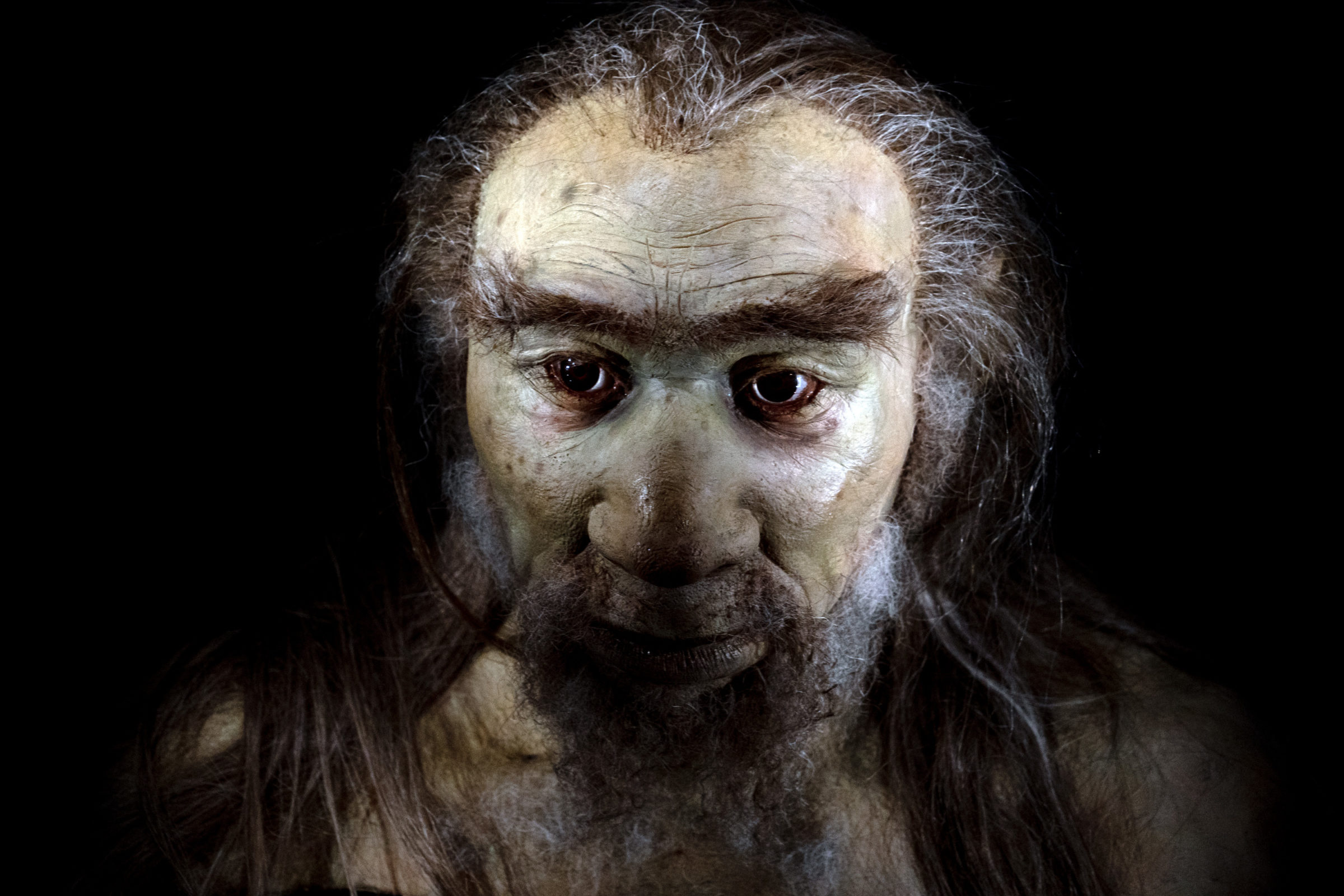 Evolution
Evolution
 Human Origins
Human Origins
As a Taxonomic Group, "Homo habilis" Is Challenged in the Journal Science

The limits of our genus Homo have long been controversial. One problem is that evolutionary biologists sometimes try to shoehorn un-human-like fossils into Homo in order to make it appear that ape-like and human-like creatures are kin. It’s a classic case of scientists letting their evolutionary bias direct taxonomy.
What’s less common is to see evolutionary paleoanthropologists admitting this has happened. Now in a recent article in Science, “Defining the genus Homo,” Jeffrey H. Schwartz and Ian Tattersall explain that Homo habilis (literally, “handy man“) was originally placed within Homo because researchers wanted an old species that apparently made tools:
![Homo habilis skulls -- Conty (Own work) [CC BY 3.0], via Wikimedia Commons.](https://evolutionnews.org/wp-content/uploads/mt-import/KNM-ER_1470_%26_1813%5B1%5D.jpg)
In 1964, Leakey and colleagues attributed the newly discovered ~1.8-million-year-old partial mandible, skullcap and hand (OH7) and foot (OH8), plus other materials from Olduvai Gorge, to the new species Homo habilis. This species replaced the very roughly contemporaneous South African australopiths in Mayr’s transformationist scenario, although there was scant morphological justification for including any of this very ancient material in Homo. Indeed, the main motivation appears to have been Leakey’s desire to identify this hominid as the maker of the simple stone tools found in the lower layers of the Gorge, following the dictum of Man the Toolmaker. This association has subsequently proven highly dubious. The inclusion in Homo of the H. habilis fossils so broadened the morphology of the genus that further hominids from other sites could be shoehorned into it almost without regard to their physical appearance. As a result, the largely unexamined definition of Homo became even murkier.
As Schwartz and Tattersall explain, the link between “Homo habilis” and tools is dubious. Indeed, the link between “habilis” and “Homo” is dubious. A major review article by Wood and Collard in Science found that habilisis different from Homo in body size, body shape, mode of locomotion, jaws and teeth, developmental patterns, and brain size, and should be reclassified within Australopithecus. Update: Likewise, Berger et al. (2015) note that “postcranial remains of H. habilis appear to reflect an australopith-like body plan.”
Elsewhere Tattersall has critiqued the entire species Homo habilis by calling it “a wastebasket taxon, little more than a convenient recipient for a motley assortment of hominin fossils.” He has called it “a rather heterogeneous assemblage, and it is probable that more than one hominid species is represented.” Paleoanthropologists Daniel E. Lieberman, David R. Pilbeam, and Richard W. Wrangham likewise co-write that “fossils attributed to H. habilis are poorly associated with inadequate and fragmentary postcrania.” In an article titled “Who Was Homo habilis — and Was It Really Homo?” in Science, Ann Gibbons notes that “researchers labeled a number of diverse, fragmentary fossils from East Africa and South Africa ‘H. habilis,’ making the taxon a ‘grab bag… a Homo waste bin,’ says paleoanthropologist Chris Ruff of Johns Hopkins University in Baltimore, Maryland.”
Penn State University paleoanthropologist Alan Walker explains the severity of disagreements over this species: “[T]his is not a matter of some fragmentary fossils that are difficult to agree on. Whole crania are placed by different people in different species or even genera.” One reason for the disagreements is that the quality of the fossils is often poor. As Walker puts it, “[d]espite the number of words published on this species… there is not as much bony evidence as we would like.”
In any case, Schwartz and Tattersall end their recent article by stating:
If we want to be objective, we shall almost certainly have to scrap the iconic list of names in which hominin fossil specimens have historically been trapped, and start from the beginning by hypothesizing morphs, building testable theories of relatedness, and rethinking genera and species.
Following this would mean we should not use the name “Homo habilis” because it’s not like Homo, probably didn’t use complex tools, and may not even be a true species. None of this bodes well for habilis which has, at times, been called a “link” between human-like members of Homo and the apelike australopithecines.
They conclude: “In contrast to Mayr’s austere linearity, we may find that human evolution rivaled that of other mammals in its evolutionary experimentation and luxuriant diversity.” I’ll recast their ending in my own words: The hominid fossil record doesn’t include a neat line of fossils leading to humans. In reality, there are so many diverse fossils that evolutionary relationships are extremely unclear.
